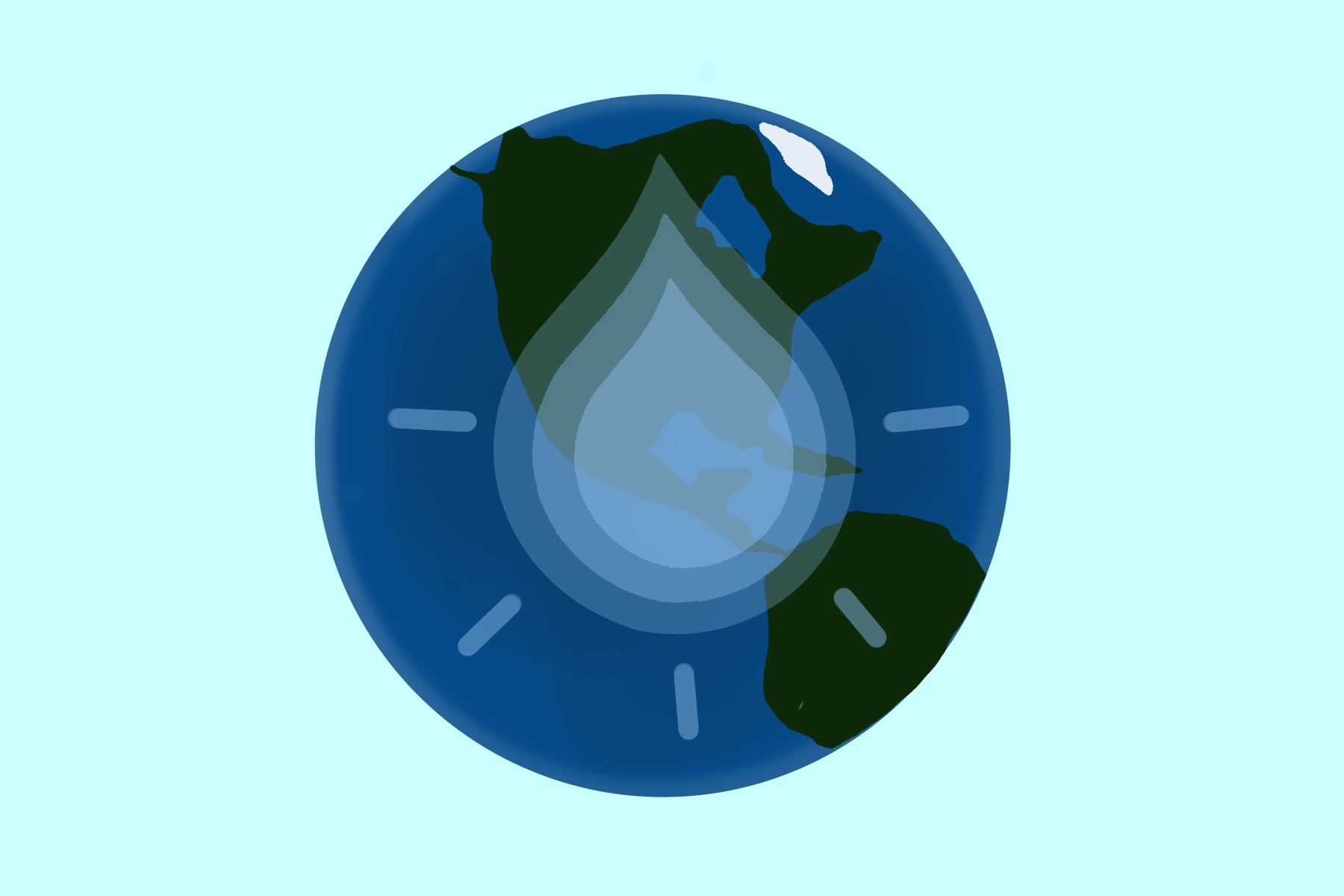The month of August is a time of transition for many people. It’s the end of summer and the beginning of a new school year. It’s a time to make some summer memories before setting new goals for the semester and promising to change old habits. It’s a time of “new year’s resolutions,” if you will, for everyone heading into a new semester of studies. August is also National Water Quality Month. Let’s make it the month where we raise awareness and transition into a lifestyle of water conservation.
Less Is…the Same?
When it comes to how much water you use in your daily hygienic routine, the amount of water you actually need is often much different than the amount that you actually let go down the drain.
That means turning off the faucet when you aren’t using it is one of the biggest points of conservation every American can add to their daily lives.
Brushing your teeth? Turn off the faucet.
Lathering up a foamy shampoo in the shower? Turn off the shower head.
Shaving? Fill the sink halfway (or less) instead of keeping the water running continuously.
According to the Environmental Protection Agency, “Turning off the tap while brushing your teeth can save 8 gallons of water per day and, while shaving, can save 10 gallons of water per shave. Assuming you brush your teeth twice daily and shave 5 times per week, you could save nearly 5,700 gallons per year.”
Five Is the Magic Number
The average American takes an eight minute shower, spending roughly 20 gallons of water, at 2.5 gallons per minute. Water conservation agencies have been pushing five minute showers as the most conservative and efficient alternative.
The easiest way to work your way down to a five minute shower is by gradual decrease. Assuming you take one shower per day, cutting one minute off your usual shower time can save over 912 gallons of water in one year.
Imagine if everyone in your household cuts one minute off their shower every day. You’d be conserving thousands of gallons of water and saving a pretty penny too.
Ready (or Not)
“Ready or not” might be a good rule of thumb when playing hide-and-seek, but not when looking for ways to conserve water usage. Waiting to run the dishwasher and washing machine until they are full is an excellent way to conserve water and postpone chores.
It is also more efficient to use a dishwasher instead of hand washing dishes. Again, maximum efficiency and conservation is reached when these machines are run with full loads.
If you absolutely must wash some dishes by hand, however, fill up one sink with water halfway. Use this sink to wash the dishes and another sink to rinse off the soap with a spray nozzle. This strategy keeps water from running senselessly down the drain and will also prevent the involuntary shower we’ve all experienced when washing a spoon under a running faucet. It’s a win-win.
Fix the Leak
We’ve all been annoyed by a leaky faucet at some point in our lives. Turns out, they’re not just unnerving; the drips and the drops add up. An average American family can waste 180 gallons of water per week from household leaks, the equivalent of more than 300 loads of laundry, according to the Environmental Protection Agency.
Annual household leak waste is up to a whopping one trillion gallons nationwide, which is equal to the annual water usage in 11 million homes. That’s a trillion reasons to go fix that leak.
Shower Bucket
Ok, don’t close the tab just yet.
No, shower bucket does not mean showering using a water bucket. A shower bucket takes care of the water that usually goes straight down the drain as you wait for the water to warm up. Since most people usually take hot showers, thousands of gallons of clean water are wasted everyday as we wait for bathroom mirrors to start fogging up as an indication that the shower water is finally hot.
This, however, is perfectly clean water that can be repurposed for other needs around the house.
It can be used for watering plants or can be given to pets. It can be used for mopping the floors, or for shaving, as mentioned earlier.
Carwashes That Conserve
Another way to be conscious about water conservation is to opt for car washes that recycle their water. The Environmental Protection Agency enforces strict regulations on commercial car washes, ensuring that “all waste water must be sent to a sewer treatment facility, which is kept separate from untreated storm sewers.”
Due to the regulations car washes are subject to in order to ensure water conservation, it is more responsible and efficient to take your car to a car wash rather than wash it at home.
If you do, however, choose to wash your car at home, make sure to do so over your lawn, not in the driveway, in order to maximize water usage by watering the lawn at the same time. However, be careful of harmful chemicals in cleaning detergents that can harm the soil.
Is It Really Such a Big Deal?
The short answer is yes. Clean water is a limited resource. We in the United States are fortunate enough to have clean drinking water at our easy disposal and it’s hard to imagine life without it. But that is the reality for 780 million people across the world without access to clean water, according to the Center for Disease Control.
While not everyone can pick up and go into remote parts of the world to start digging wells, everyone can be part of the solution by choosing at least one of these water conservation methods.
















